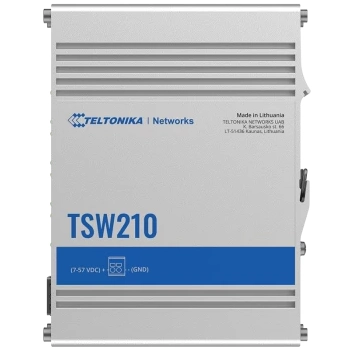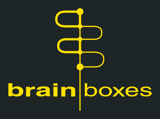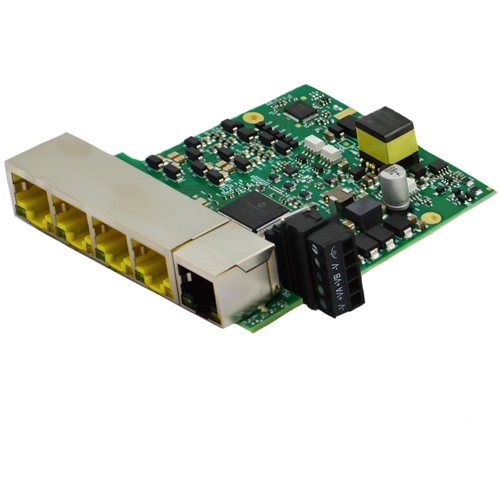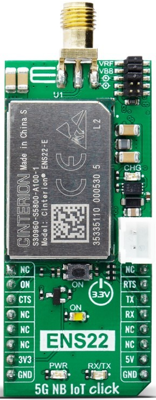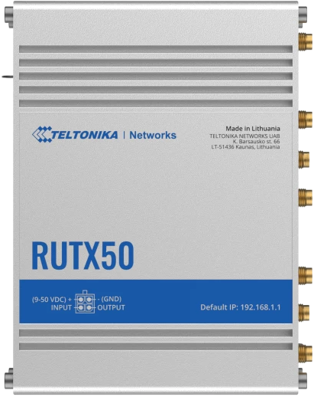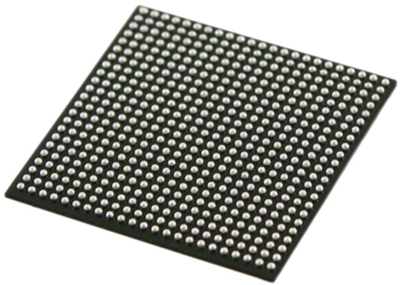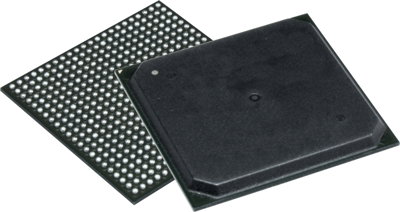
Connected Worlds: How Cloud and Edge Computing are Transforming Manufacturing
The digital transformation is in full swing and changing the way companies operate. Cloud and edge computing are playing a central role in this. The technologies offer new possibilities for making industrial processes more efficient, flexible and competitive. How do cloud and edge computing work together? How are industries being revolutionised – and what advantages do they offer?
Cloud computing as an operating model
Cloud computing enables companies to simplify IT management and respond cost-effectively to increasing industry demands.
What is cloud computing?
Cloud computing refers to an infrastructure model used to provide computing power, storage and applications via the internet. Companies no longer have to invest in their own servers or hardware. Instead, they can flexibly and scalably lease resources from providers such as Microsoft Azure or AWS (Amazon Web Services) – an attractive option for dealing with changing business requirements and reducing operating costs in the long term.
What are the three main models of cloud computing?
In cloud computing, there are various service models to choose from:
- Infrastructure as a Service (IaaS): Companies rent IT infrastructure such as servers, storage and networks. This offers maximum flexibility, as they can customise their IT environment as needed.
- Platform as a Service (PaaS): This provides a platform on which applications can be developed, tested and provided. The big advantage: companies do not have to worry about the underlying infrastructure.
- Software as a Service (SaaS): Organisations only use software applications via the internet. A well-known example is the use of ERP (Enterprise Resource Planning) systems in cloud computing, such as SAP.
Thought experiment: How can cloud computing be implemented in your company?
Imagine that your company is about to introduce a new ERP system. Instead of setting up an expensive IT infrastructure, you could use a SaaS solution in the cloud. You only pay for the resources you actually use and can flexibly adjust capacities as needed. This saves costs and makes your company more agile, thus better equipping you to face future challenges.
To ensure that your data is secure in the cloud, you should always check out the security concept of the provider you choose. This is the only way to minimise the risk of data loss or theft.
Public & Private Clouds
In cloud computing, there are public and private clouds, with the main difference being accessibility.
What is a public cloud?
A public cloud is operated by external providers such as Microsoft Azure or AWS and shared by multiple companies. It offers the advantages of scalability and flexibility at relatively low costs. For example, Office 365 is a public cloud service that is used by many organisations.
What is a private cloud?
A private cloud is located in an environment that is provided exclusively for a single company. This solution offers more control and security as the IT resources are not shared with others. Private models are particularly suitable for companies with high security requirements or industry-specific compliance requirements.
Hybrid cloud: combining public and private clouds
A hybrid cloud combines the advantages of public and private clouds. Companies can store sensitive data in the private cloud or in a local data centre. At the same time, they can benefit from the scalability and flexibility of a public cloud.
This model offers an optimal balance between costs, security and flexibility. In addition, the hybrid cloud is ideal for companies that have both high security requirements and a need for rapid scaling.
How it works in reality: While an organisation’s web presence is located in a public cloud, sensitive data is stored in a privately hosted environment.
Challenges of cloud computing
Despite the attractive benefits, cloud computing also presents a number of challenges. Companies encounter the following risks:
- Data security and protection: Organisations must ensure that their sensitive data is protected against unauthorised access and loss in the cloud.
- Compliance and legal aspects: Companies are obliged to comply with industry-specific and regional regulations in order to avoid legal issues when using cloud services.
- Downtime and availability: All companies are strongly advised to have a back-up strategy in place to ensure business continuity in the event of a possible cloud outage.
- Dependency on third-party providers: Institutions depend on the stability and reliability of their cloud service providers, which can be problematic in the event of changes or outages.
- Data migration and integration: Moving and integrating data into the cloud requires careful planning. The aim is to seamlessly connect existing systems and avoid failures and losses.
On top of everything, there are other situations in which cloud computing reaches its limits. For example, when a large amount of data needs to be processed as quickly as possible, without delays. A classic example of this is autonomous driving, where decisions have to be made in real time. This is where edge computing comes into play – a model in which data is processed locally and with low latency.
Thinking ahead: the concept of edge computing
Companies that process real-time data rely on edge computing. The initial aim of the model was to reduce the distances involved in data processing. Furthermore, the growing number of IoT devices required a system that could handle enormous amounts of data.
What is edge computing and how does it work?
Edge computing describes a model in which data processing and analysis take place directly at the source. In other words: at the ‘edge’ of the network. Examples of a network perimeter are a mobile phone, a vehicle or an intelligent device within an IoT environment.
In contrast to this, conventional cloud models first send the data to central data centres. The main advantages of edge computing are the low latency times and the ability to process large amounts of data in real time – which is particularly necessary for machine learning and predictive maintenance.
Where is edge computing used?
A typical application for edge computing is the Internet of Things (IoT). In networked factories, sensors process data in real time, enabling them to react immediately to changes.
In addition, companies working with data-intensive technologies also benefit from edge computing. These include virtual and augmented reality, autonomous driving, smart cities and building automation systems, which have high data speed and processing requirements.
Is edge computing the next step towards a successful future?
The question of ‘cloud vs. edge computing?’ is becoming increasingly important, as both technologies have their strengths. However, edge computing will not replace cloud computing. Rather, the respective advantages of the models can be utilised through a clever and well-thought-out combination.
Edge computing is impressive in terms of the speed, reliability and security of data processing. In cloud computing large amounts of data are processed and stored centrally. The interaction of the two is promising for Industry 4.0.
What is the potential of cloud and edge computing?
The use of cloud and/or edge computing makes companies ready for the future in a number of ways.
How does increased cost efficiency come about in companies?
By using cloud computing, companies can flexibly scale their IT infrastructure – only the resources that are actually used are paid for. This reduces initial investment costs and, in the long term, operating costs. Various providers also offer flexible pricing models that enable further savings.
Promotion of agile organisational structures
The implementation of cloud and edge computing technologies promotes the agility of companies. New software applications and services can be up and running in a matter of minutes. This enables companies to respond quickly to market changes and to exploit new business opportunities – fully in line with the principles of digital transformation.
Increasing relevance: a stronger position in Industry 4.0
In Industry 4.0, the ability to quickly access and efficiently process data plays a crucial role. By combining flexibility, scalability and fast data processing, cloud and edge computing enable companies to optimise their processes and remain competitive.

